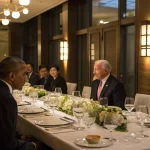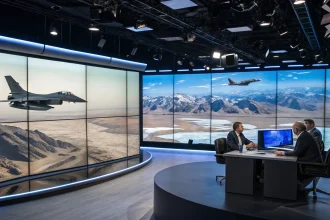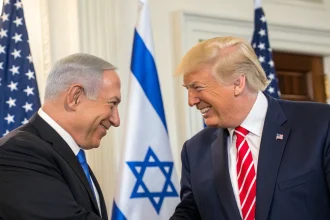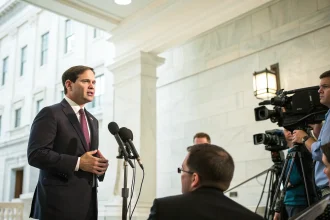Momentum for a negotiated end to the war in Ukraine is fading, as governments shift focus and front lines harden nearly four years after Russia’s full-scale invasion. Diplomats and aid groups say the window for talks is narrowing while the costs of war keep rising across Europe and far beyond the region.
“International peace efforts appear to have dissipated, nearly four years after Russia invaded its neighbor.”
The conflict, which began on February 24, 2022, has reshaped security priorities from the Black Sea to the Baltic. It has also strained energy and food supplies worldwide. Recent months show fewer high-level talks and less visible mediation, even as strikes continue and defenses tighten along a long front.
Background: From Early Talks to Stalled Diplomacy
In the first months of the war, Ukraine and Russia held talks in Belarus and Turkey. Those meetings stalled as fighting escalated and red lines hardened. Kyiv insists on full territorial integrity and the return of occupied land. Moscow demands recognition of annexed areas and security guarantees.
Later efforts shifted to broader international meetings. Countries met in Jeddah in 2023 to discuss principles for peace. Switzerland hosted a summit in mid-2024 that gathered dozens of governments. Russia did not attend, and no cease-fire followed. Since then, there have been few public signs of renewed formal talks.
Aid agencies and the United Nations continue to call for protection of civilians, exchanges of detainees, and secure corridors for relief. Yet committee-level discussions have not led to a wider agreement.
What Is Driving the Diplomatic Slowdown
Officials and analysts point to several pressures that make a deal difficult right now. Each side believes time could improve its position. Ukraine seeks more air defenses and ammunition. Russia has shifted industry to support the war and fortified lines.
- War aims remain far apart, limiting room for compromise.
- Key mediators face other crises and elections at home.
- Sanctions and countersanctions entrench mistrust.
Energy and grain issues add strain. The collapse of the Black Sea grain deal in 2023 pushed up insurance costs and hit lower-income importers. Shipping routes have since adapted, but flows remain vulnerable to missile and drone attacks.
Human Costs and Economic Fallout
The human toll continues to rise. The United Nations has verified thousands of civilian deaths since 2022, while warning actual figures are higher. Towns near the front face repeated shelling. Millions have been displaced within Ukraine or abroad.
Europe’s economies have absorbed energy shocks and defense spending increases. Some governments are extending military aid schedules to give planners stability. Others debate balancing support with domestic budget limits.
Global markets still feel aftershocks. Energy prices have eased from 2022 peaks but remain sensitive to attacks on infrastructure. Grain exports move through riskier corridors, raising costs for shippers and consumers.
Competing Proposals and Red Lines
Ukraine presents a multi-point peace formula that centers on sovereignty, security guarantees, and justice for war crimes. It rejects any deal that cedes territory. Russia seeks recognition of control over annexed regions and limits on Western military support to Kyiv.
Countries that call themselves neutral push for a cease-fire to stop the fighting first, then talks on borders later. Critics in Kyiv argue a pause could freeze the conflict and reward force. Moscow says Western aid blocks progress. The divide leaves little space for a framework that both sides accept.
What Could Reopen a Path to Talks
Diplomats outline several steps that could revive momentum. These include prisoner exchanges at scale, demilitarized zones around nuclear plants, and verified protection for grain corridors. A pause in strikes on energy facilities could also build trust.
- Clear, long-term security guarantees for Ukraine.
- Sequenced sanctions relief tied to verified steps.
- International monitoring to enforce any agreement.
Any deal would likely need backing from major powers and buy-in from regional players. Without that, enforcement would be weak, and violations more likely.
For now, the war grinds on as diplomacy cools. The latest signals suggest neither side sees advantage in talks at this moment. The next shifts may come from changes on the battlefield, domestic politics in key capitals, or a new package of security guarantees and monitoring that both sides can test. Observers will watch winter energy attacks, aid timelines, and food export routes for signs of movement. The longer diplomacy idles, the higher the human and economic cost—and the harder a settlement will be to reach.









